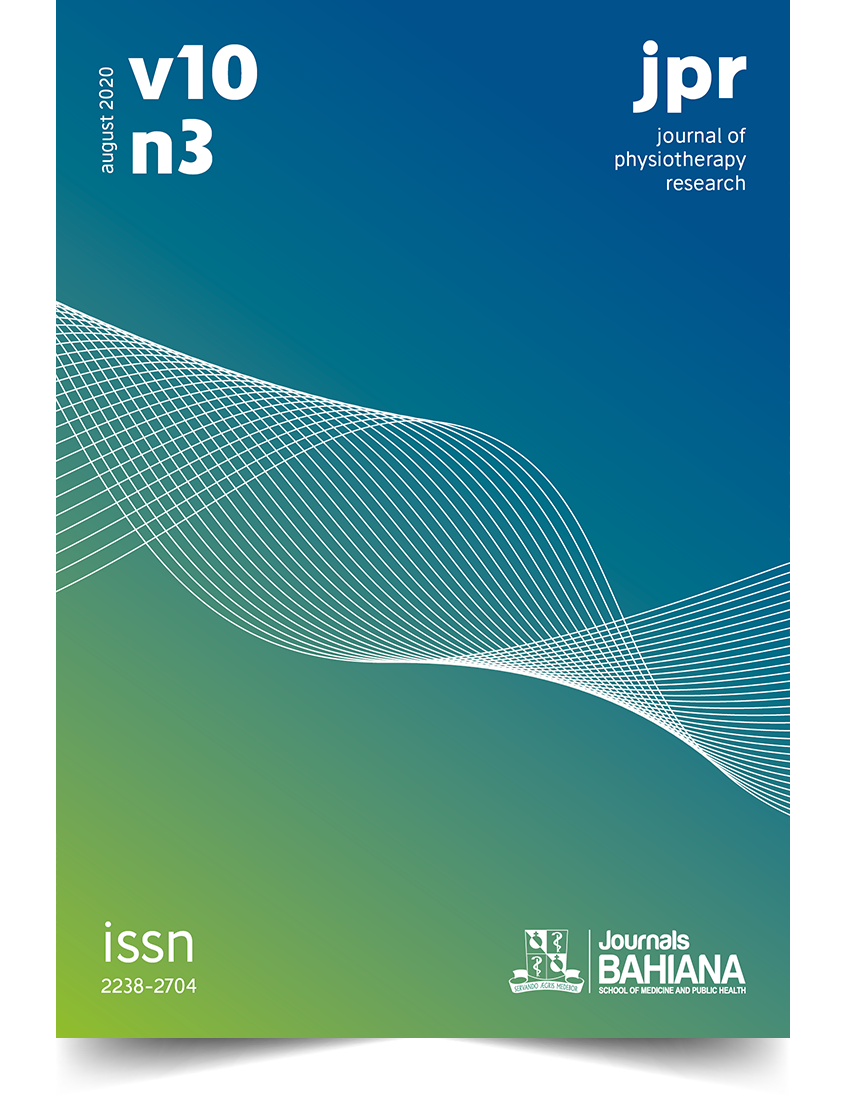Linear parameters of the march of children with cerebral palsy of the spastic type: case study
DOI:
https://doi.org/10.17267/2238-2704rpf.v10i3.2992Keywords:
Cerebral palsy. Gait. Motor disturbances. Biomechanical phenomena.Abstract
INTRODUCTION: Cerebral palsy (CP) occurs due to injury to the central nervous system resulting in functional impairment and gait changes. OBJECTIVE: to verify and describe the linear gait variables of children with static cerebral palsy. MATERIALS AND METHODS: three children aged between six and seven years with spastic cerebral palsy, GMFCS level I and II participated in the study, where the performance of gross motor function was identified by means of the Thick Motor Function Classification System (GMFSC) with grades 3 and 4 of spasticity in the lower limbs according to the Modified Ashworth Scale (MAS). To record the linear parameters and data organization, the cvmob free software and the motion movement - Movement Element Decomposition method were used. RESULTS: The values found for speed were (0.64; 0.58; 0.96 m / s) step length (0.34; 0.36; 0.36 m) cadence (127; 118; 130 p / min). CONCLUSION: There was a reduction in linear gait variables for speed, length and cadence in the three children studied. Despite the difficulty in obtaining larger samples, the data suggest the need for greater control of gait variables in children with spastic cerebral palsy.Downloads
Download data is not yet available.
Downloads
Published
08/19/2020
Issue
Section
Case Reports
How to Cite
1.
dos Santos Magalhães PH, Souza Oliveira JG, dos Santos VS, Silva Bião MA. Linear parameters of the march of children with cerebral palsy of the spastic type: case study. Rev Pesq Fisio [Internet]. 2020 Aug. 19 [cited 2024 Nov. 23];10(3):529-36. Available from: https://journals.bahiana.edu.br/index.php/fisioterapia/article/view/2992



